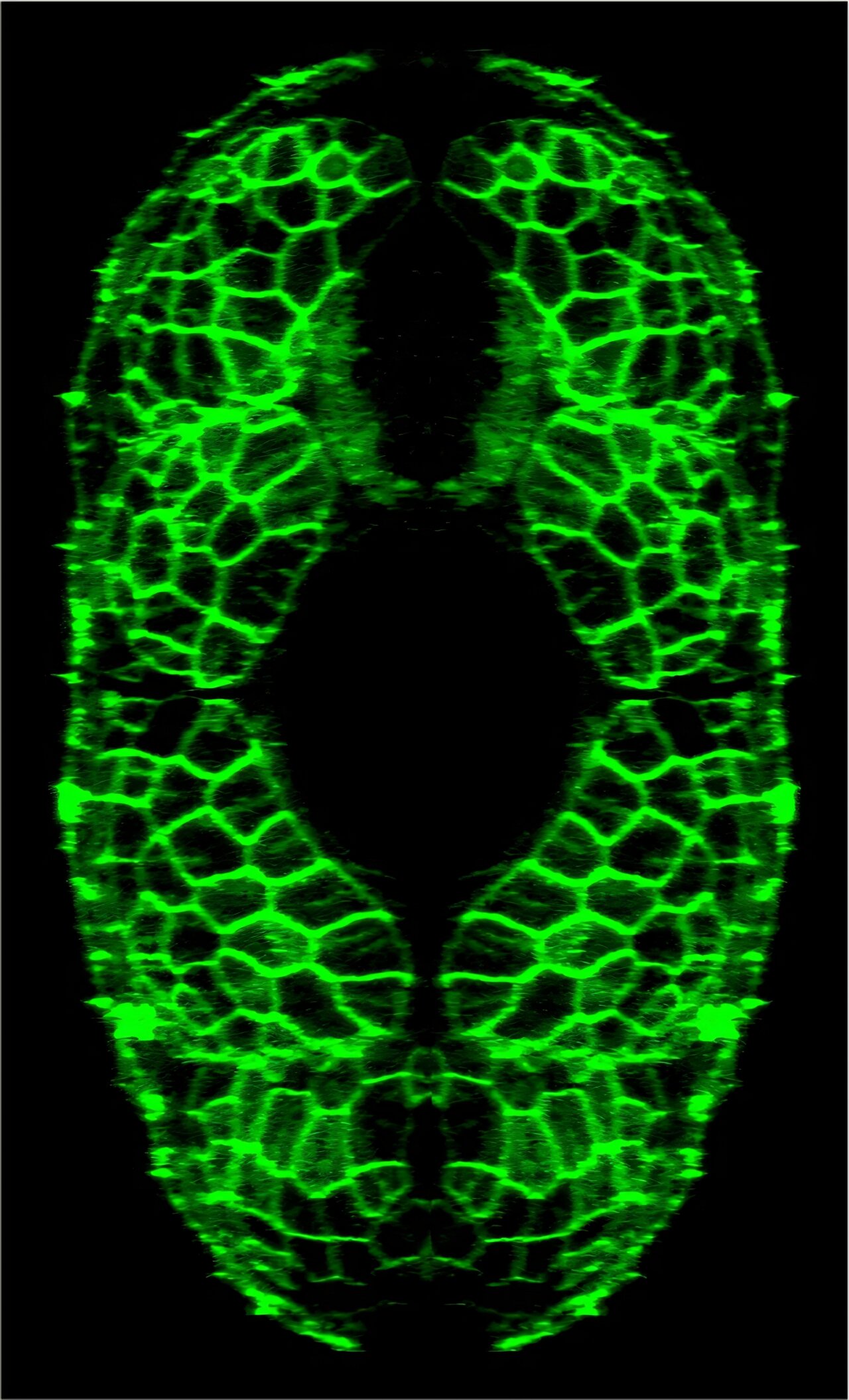Night Shift Nightmare: How Your Body's Internal Clock Could Be Aging You Faster

Unlocking the Secret: How Muscle Cells' Internal Clocks Reveal the Impact of Shift Work on Aging
Our muscles are more complex than we ever imagined. Recent groundbreaking research has uncovered a fascinating insight: muscle cells harbor their own intricate circadian rhythms, and disrupting these delicate internal timekeepers can accelerate the aging process in profound and unexpected ways.
Shift workers, who frequently battle against their body's natural sleep-wake cycle, may be particularly vulnerable to these cellular changes. The study suggests that when we consistently interrupt our muscles' natural biological rhythms, we're not just feeling tired—we're potentially fast-tracking cellular aging.
These microscopic cellular clocks are precision instruments, regulating everything from metabolism to cellular repair. When thrown off balance by irregular work schedules, they can trigger a cascade of physiological changes that may compromise muscle health and overall vitality.
The research serves as a compelling reminder of how deeply interconnected our body's systems are, and how critical maintaining natural rhythms can be to our long-term health and wellness. For shift workers and anyone with irregular schedules, understanding these cellular mechanisms could be the key to mitigating potential age-related decline.
